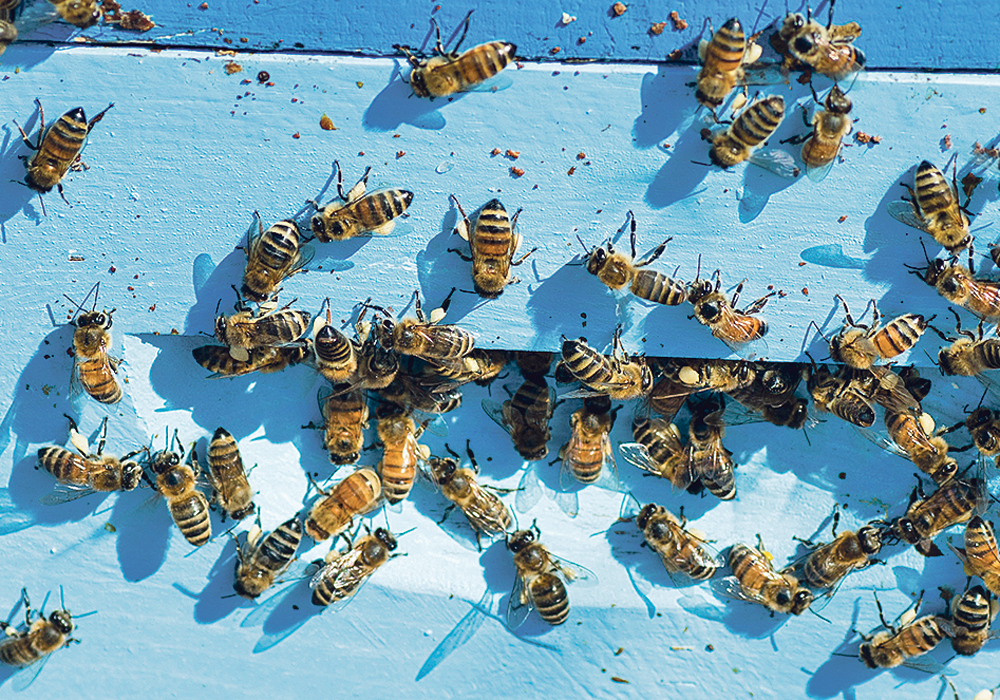For months, Canadian beekeepers have been worried about Nosema, a widespread and serious disease of adult honeybees.
The only medication used to treat Nosema was no longer on the market because the Alberta company that produced and sold fumagillin closed in 2018.
However, by late May the Canadian Honey Council had nearly finalized a business deal that should solve the Nosema problem.
“I’m very comfortable that things are progressing and beekeepers should see a product (on the market),” said Rod Scarlett, CHC executive director. “Hopefully, if everything goes well, by the fall.”
Read Also

Ag in Motion innovation awards showcase top 2025 ag technology
The 2025 Ag in Motion Innovation Awards celebrated winners across five categories: agronomics, agtech, business solutions, environmental sustainability and equipment.
To ensure a future supply of fumagillin, the CHC acquired the Drug Identification Number (DIN) from Medivet, the High River, Alta., company that manufactured the product.
A DIN is basically a permit to market a drug in Canada.
After getting the DIN, the honey council began searching for a company to manufacture and sell fumagillin. If things play out as expected, the company will be Vita Bee Health, a British firm and the world’s largest dedicated supplier of honeybee health products.
Vita Bee Health will produce fumagillin in Canada and sell the product primarily in the Canadian beekeeping market, Scarlett said.
The deal with Vita is welcome news.
Many beekeepers were dreading a future without fumagillin.
“Most guys would use it spring and fall,” said Jeremy Olthof, Alberta Beekeepers Commission president, who farms near Tees in central Alberta. “The farther north you go in Alberta … the guys up (there), they’re desperate to get fumagillin back.”
Nosema, a parasitic fungus, is a major concern for beekeepers. There are two strains: Nosema apis and Nosema ceranae.
Fumagillin is more effective against Nosema apis.
The disease affects the guts of a bee, reducing its ability to absorb nutrients. It spreads through contaminated feces and can infect an entire colony. Research suggests there’s a link between air temperature and Nosema severity. When it’s cool bees spend more time in the hive, increasing the risk of exposure to contaminated feces.
If fumagillin wasn’t available, the consequences of Nosema would be “dire,” Scarlett said.
“Talking to a beekeeper … if we have 25 percent losses from winter kill, without fumagillin … we would probably be looking at 50 percent (losses).”
There are a few details to sort out before there’s a dependable supply of fumagillin in Canada.
For instance, only one company in the world produces the technical ingredient needed to make fumagillin. The ingredient is a fungus that must be produced.
Scarlett said the CHC is seeking alternative sources for the ingredient so Canadian beekeepers aren’t reliant on a single company.
The positive news for beekeepers is that the honey council controls the DIN for fumagillin. If, for some reason, the deal with Vita Bee Health doesn’t pan out as planned, the CHC will still have the rights to fumagillin.
“That way we ensure that we’ll always have something available,” Scarlett said. “This is the only drug that’s effective against Nosema.”


















